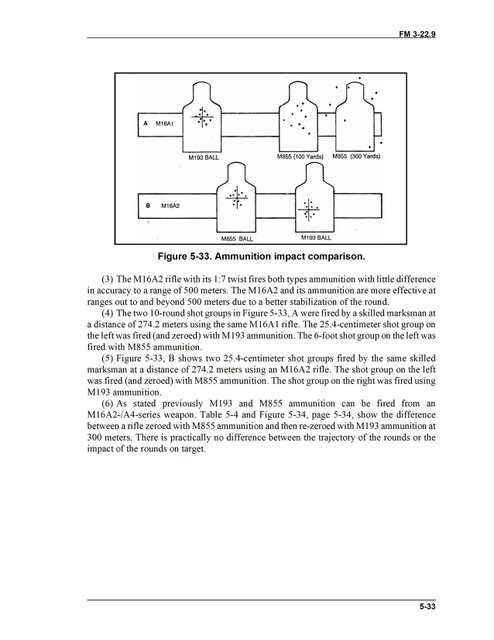Why are some bolt action .223 barrels in 1:12 twist when semis are usually 1:9 to 1:7?
The CZ 527 is a 1:9 twist. That provides pretty wide coverage across a pretty wide range of bullet weights.
My CZ 527 with the factory HS Precision Kevlar stock shoots loads from 40 grains to 63 grains very accurately if I load to the right velocity and seating depth. My best 25 hand loads average 0.388 for 222 measured groups.
It's best 10 hand loads include one 63 grain load and average 0.339 for 73 measured groups.
Would the 1:12 prevent you from shooting heavier weight ammo (75 & 77 gr)?
The 1:12 twist was designed for lighter bullets and favors bullet weights up to about 55 grains. An individual rifle will shoot heavier bullets even with a slow twist, but they probably won't be as accurate.
My CZ 527 shoots 69 grain bullets pretty well with three different loads under 0.5 inches on average. It has even shot 77 grain bullet loads on average under 0.6 inches.
As you can see, it has a pretty wide range but the accuracy drops off.
My son's 1:8 twist AR likes 60 and 63 grain bullets best when measured for accuracy. It will shoot 55 grain bullets well but not quite as well.
The 1:7 twist was designed for heavy bullets in the 69 to 80 grain range primarily to increase the kinetic energy at the target and gain more hitting power. Most 1:7 twist barrels won't shoot the lighter bullets very accurately, but there are exceptions.
My experience with a 1:7 twist is that the accuracy was about twice as good with the 77 grain bullets versus the 55 grain bullets.
Of course, every rifle and barrel is different, so the details only apply for the rifles I am familiar with, but the general rules seem to hold.


